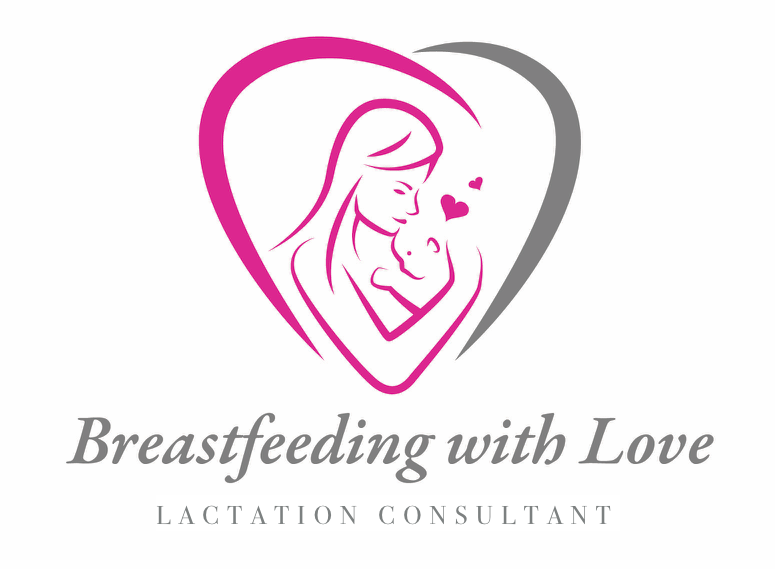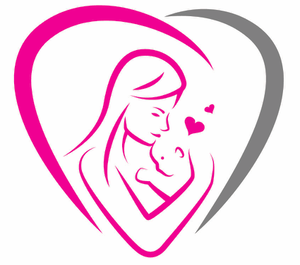Breastfeeding Problems
"My nipples were sore and bleeding when I called Betty Greenman. She truly helped me and showed me what to do, by allowing them to heal and return to breastfeeding."
"Just because you have breast implants or have had surgery does not mean you cannot breastfeed. Betty Greenman really helped me breastfeed my son. I had surgery back in 2006." Tina F
"Do you need help with breast engorgement? Betty Greenman helped me with the most severe case of engorgement. I was in so much pain and she really helped me to get to a more comfortable place." Esther T.
"I can't believe I waited so long to call Betty. She helped me with my pain of sore nipples by fixing my poor latch and gave me these great comfort gels. I am a new person." Sarah K.
Here are a few problems that many of the women that I help on a daily basis face so, you are not alone.
1. Breast Engorgement
Engorgement can be reduced and avoided by frequent feedings. It is normal for breasts to feel heavy, warm and a little uncomfortable in the first week as the breast milk comes in. However, for some women, the breast becomes painful and swollen. The baby has a hard time to latch on. This swelling of the breasts needs to be reduced in order for the baby to latch on. Engorgement usually reaches its height on days 3-5 (Hummenick, Hill and Anderson, 1994). Pump only one side while massaging your breast. When messaging the breast, you can use a circular motion going around the whole breast, including under the arms and sides of the breast. Cup the breast with the thumb and forefingers directly opposite each other without touching the nipple or areola. Push back into the chest wall and then forward in a rhythematical movement to massage the breast. Repeat this action, rotating around the breast, being careful to massage forward and not to pinch or squeeze (Glynn and Goosen, 2005). A warm compress is good to put on once the breast milk flows. The warm compress aids in the let down reflex. The cold compress packs relieve swelling and pain. Twenty minutes of cold application helps with the swelling. Wear a good supportive bra. Make sure it is not too tight. Apply fresh cabbage leaves to your breast. Flatten the veins of the leaves and shape the leaves on the breast. Leave it on for 20 to 30 minutes. Cabbage leaves is not recommended for anyone allergic to sulfa or cabbage.
2. Inverted Nipples
There are two types of inverted or flat nipples. Retractile inverted nipples can be pulled out. True inverted nipples cannot be pulled out. Some cases of inverted nipples or flat nipples can make it hard for the baby to latch on. Nipples retract inward and become concave if they are considered inverted nipples. There are ways to draw out the nipples. A breast shell is a plastic device consisting of a dome or cup and a concave backing contoured to fit the shape of the breast; held in place over a nipple, areola by the mother’s bra (Frantz,2000). Some shells have absorbent cotton pads that are placed in the bottom of the shell under the areola to absorb leaked breast milk. This may protect painful nipples by preventing chafing due to clothing, bra, etc. (Brent, Rudy and Redd, 1998). However, breast shells used for inverted nipples may actually hinder the mother’s ability to breastfeed well. Sometimes massaging the breast can help draw out the nipple. For other women, a breast pump can also help draw out the nipple. Latch Assist by Lansinoh helps the nipple stand out so that it can be easier for the baby to establish a strong and good latch. The nipple shield can also be used which is clear in covering for a short period of time. Nipple shields are worn during breastfeeding (Alexander, 1992)
3. Plugged Ducts
When a mother doesn’t drain her breast properly or wears a tight bra, or skips a feeding or two, this can cause a plugged duct. Plugged ducts usually resolve itself. If a nipple pore is plugged then there may be a painful area in the breast where breast milk is accumulating called a plugged duct. Breastfeeding frequently and getting plenty of rest is important. Take ibuprofen if needed and drink plenty of water. Taking a warm shower or bath and massaging the nipple and areola area to try to loosen the plug helps. Breastfeeding right after a shower or bath can help plugged ducts. If there is a plug at the tip of your nipple and it looks cheesy and white, soak your breast in warm water and epson salt mixture in a bathtub. You may need to vary your position of breastfeeding to help with a clogged duct. Use gravity to help plug lean forward and baby on a pillow on your bed. (Some Lactation Consultants recommend trying to use an electric toothbrush over your plug). Increasing your Vitamin C helps too. Call your physician if nothing helps or you have fever, within 24/ 48 hours and ask get antibiotics.
4. Mastitis
Some plugged ducts develop into a full blown infection called Mastitis. The initial symptoms of mastitis are fatigue, headache and muscular aching. Mastitis occurs from a cracked nipple and usually occurs in the first few weeks postpartum. Infrequent feeding sometimes can give a women Mastitis. Mastitis is treated by increasing your fluid intake, resting, pain medication, acetaminophen or ibuprofen and antibiotics prescribed by your doctor. I tell my patients to use hot and cold. Hot or a heating pad is used before breastfeeding or pumping and cold is used afterwards. Breastfeed the baby often and massage your breast. Pump if you cannot breastfeed your baby. Mastitis is associated with Staphylococcus Aureus, an infection, but only rarely. If you do get Mastitis, hot and cold are important to use.
5. Breast Abscess
A small amount of infections develop into a breast abscess. An abscess is a collection of pus that needs to be drained. The abscess is cut open by a surgeon and left to drain. Clean gauze is put on the wound for extra oozing because the wound is left unstitched so the wound can heel from inside out within a week or two.
6. Candidiasis (Thrush)
Candida thrives in warm moist areas of the infant’s mouth and the mother’s nipple. The infant can be infected during vaginal birth and pass it along to the mother while breastfeeding. Treatment includes placing an antifungal medication in the infant’s mouth. The mother can apply an antifungal topical cream or lotion to her nipple and breast. The mother may have to also treat herself for a vaginal yeast infection simultaneously. Gentian Violet is an old fashioned antifungal drug that some people use. Anything that comes into contact with the baby’s mouth needs to be boiled or washed such as pacifiers, nipple shields, toys, teething rings etc…
7. Breast Vasospasm
Raynauds phenomenon of the nipple is a breast vasospasm where the nipple may turn whit, blue or red before its normal color after breastfeeding. Treatment with nifedipine 30mg/day for 2 weeks has been reported to be a good treatment (Garrison, 2002). Ibuprofen and warmth helps when applied to the breast. However, always consult your doctor before taking medications.
8. Mammoplasty or Breast Reduction, Breast Surgery and Augmentation
Breast reduction and augmentation are common surgeries for women. The ability to breastfeed after these surgeries depends on if the surgeon has left the nerves pathways and blood supply intact or the tissue is removed without regard for these structures (Soderstrom, 1993). Mastopexy is a cosmetic surgery where sagging breasts are uplifted. This should not affect the ability to breastfeed. Two types of breast implants may be used for Breast Augmentation. They are saline or silicone. Most women in the United States receive saline-filled implants because silicone may leak into breast milk. Some women experience engorgement the first few days but women can usually still breastfeed. The Lactation Consultant who works with the mom may have to use supplementation if the mom cannot produce enough milk for her baby.
A breast lump in lactating women is usually a galactocele, a mild-filled lacteal cyst caused by plugged milk in the ducts (Steven et al, 2007). A doctor will drain this cyst out. If the lump does not resolve, then a biopsy may be performed. Breast cancer is the most common malignancy in women. Breastfeeding actually helps to prevent cancer. Breastfeeding provides a protective function against breast cancer (Bernier et al, 2000). If a mother is breastfeeding while she is diagnosed with breast cancer, and needs to undergo chemotherapy right away, then she needs to wean her baby.
9. Nipple Pain
Nipple pain is very common for new breastfeeding moms. It is very important to have a proper latch on for the baby to the breast. Sometimes, a simple change of a breastfeeding position can relieve the sore nipple problem. A proper latch-on can help prevent or heal a sore nipple. Lanolin cream is the most popular cream for sore nipples. Comfort gel hydrogel pads provide cool soothing relief for mothers who are experiencing nipple pain or trauma due to breastfeeding. This will also provide extra cushioning and protection from clothing friction and fits securely and comfortably inside a breastfeeding bra. Breast infections can occur such as mastitis which is redness on the breast and pain, firm lump, nausea, vomiting and chills, flu-like symptoms, and puss draining from the nipples. Therefore, frequent feeding is crucial and helps reduce the problem of swelling. However, consult a doctor for antibodies if this happens.

